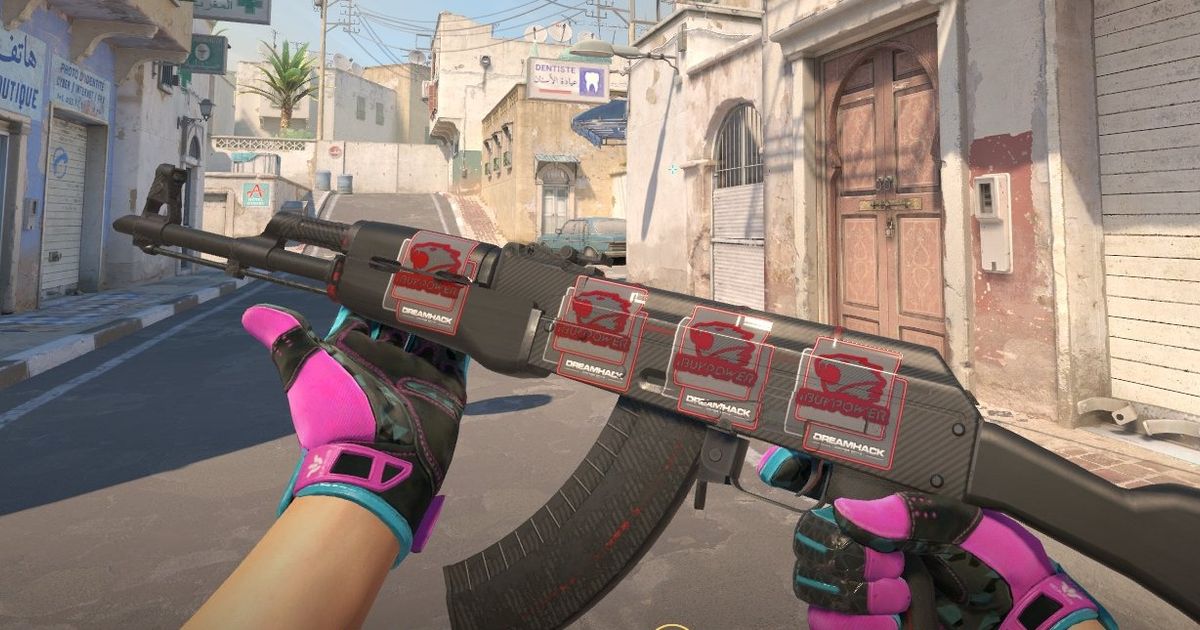Skin: The Definition Of Skins In Game And Methods To Get Them?
Skins are cosmetic things you can put on to your characters or their weapons to be appear diverse from they usually would. While many games have you pay in-game premium currency to buy skins (such as Overwatch 2), some allow players to win skins using other methods, like getting skin shards from Hextech chests in League of Legends or completing agent contracts in Valorant being rewarded with weapon skins.
Unfortunately, generally, the best way to obtain a specific skin you would like is to purchase for them employing an in-game currency, usually premium currency that you have to buy using actual money.
In the most games, skins do not do anything to affect your gameplay and so are purely for aesthetic purposes. Even if, developers like Riot get a huge chunk of their total revenue from players purchasing skins.
Do skins provide any advantages?
Skins in games like League of Legends, Dota 2, Valorant, and Counter-Strike: Global Offensive are typically regarded as being cosmetic items, meaning they cannot provide any gameplay benefits or benefits to players. Skins are utilized to change the appearance of a player's in-game character, weapons, or another items, and they're purely for aesthetic purposes. While many players may value certain skins highly and could be ready to cover a premium to get them, skins tend not to provide any advantages in terms of gameplay. This can be in order that the sport remains fair and balanced, understanding that players cannot gain an unfair advantage by buying skins. However, you will need to remember that some games could possibly have special skins or goods that do provide gameplay benefits, these are generally not regarded as being "skins" from the traditional sense.

When were skins introduced?
In League of Legends
Skins were introduced in League of Legends in November of 2009. The creation of skins marked a major switch the signal from the game's mechanics, because it gave players the ability to customize their champions and tailor the crooks to their preferences. Prior to the introduction of skins, players had limited choices for customizing their champions, in addition to their appearance was firm by their champion's base stats and talents. The development of skins allowed players to switch the look of their champions, weapons, and other items, and yes it gave players more control within the way their champions looked amongst gamers. Since their introduction last year, skins are getting to be a fundamental portion of the sport, plus they are popular by players to convey their personal style and showcase their in-game achievements.
In Counter-Strike: Global Offensive
Skins were introduced amongst gamers Counter-Strike: Global Offensive (CS:GO) in August of 2013. The roll-out of skins would have been a major update on the game, plus it marked the start the game's "Arms Deal" update, which added a wide range of new skins and also other cosmetic what to the overall game.
In Dota 2
Skins were included with Dota 2 in May 2013. The update, called "The International," introduced a wide range of new skins along with other cosmetic items. Ahead of the update, players could only customize their heroes' abilities. The skins ensured that they customize the appearance of these heroes, definitely more control over their in-game appearance. Since their introduction, skins have become a favorite opportinity for players to show off their personal style and in-game achievements.
For more details about prodat' skiny rast visit this web site